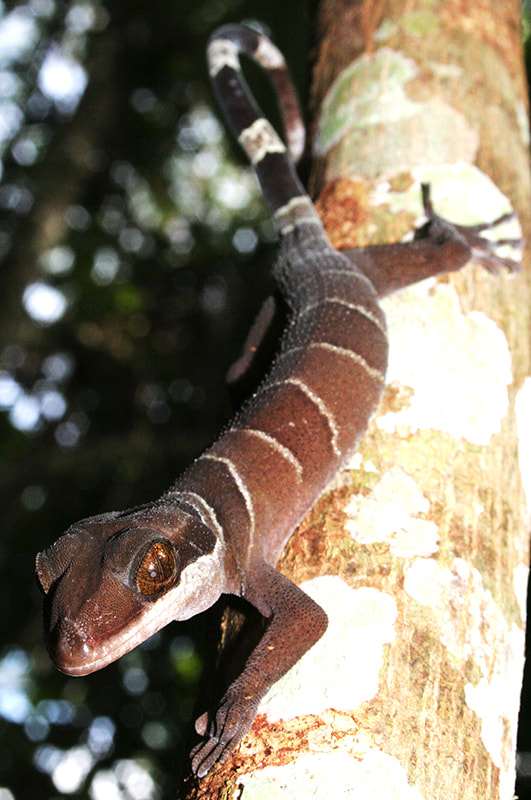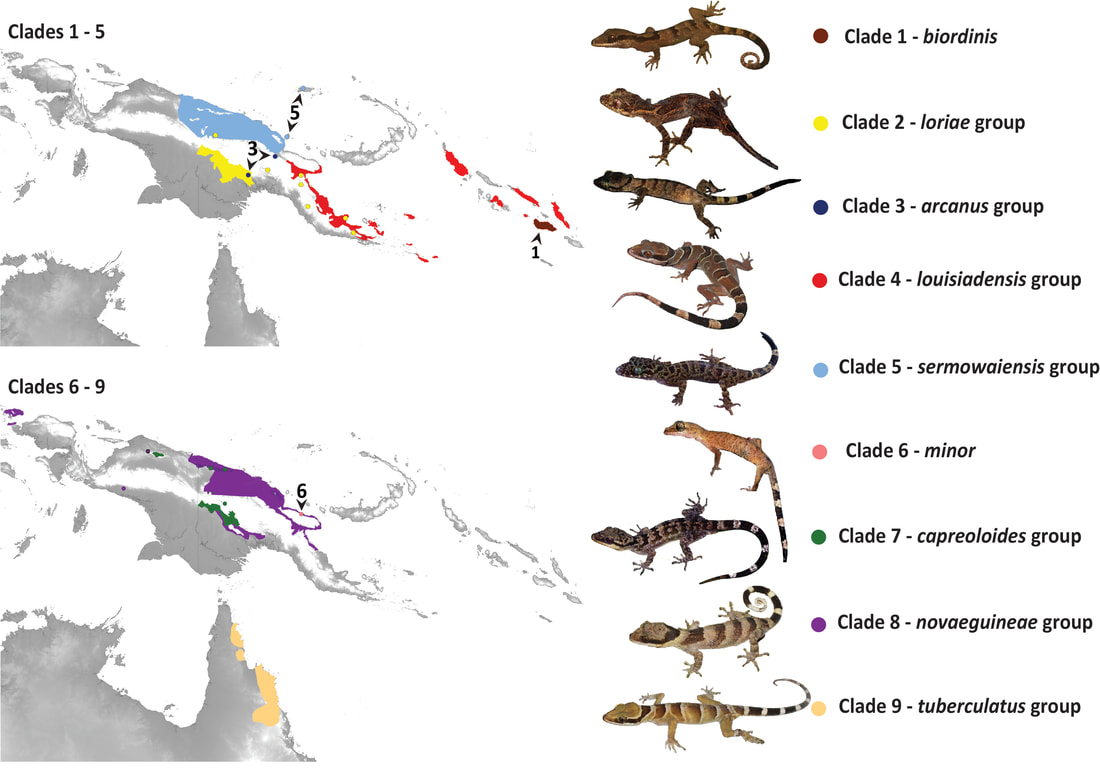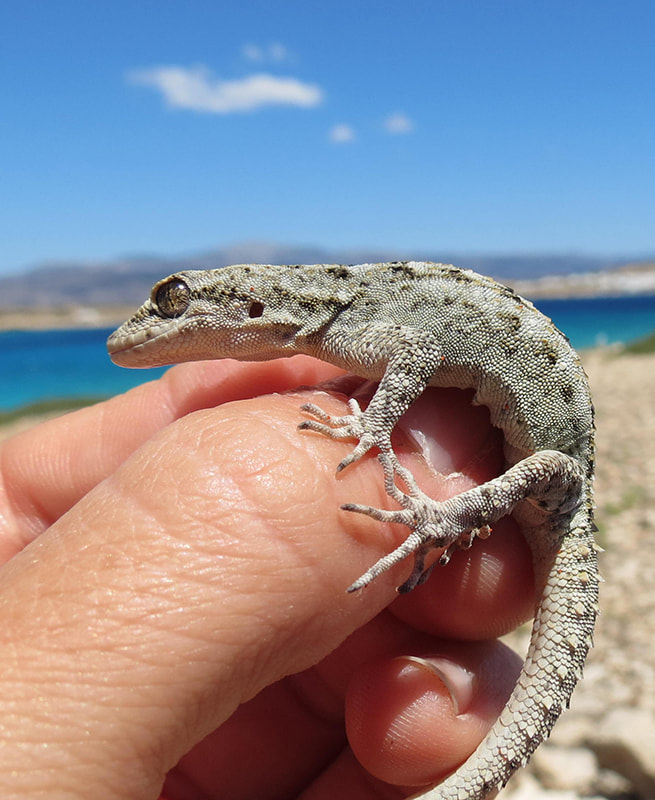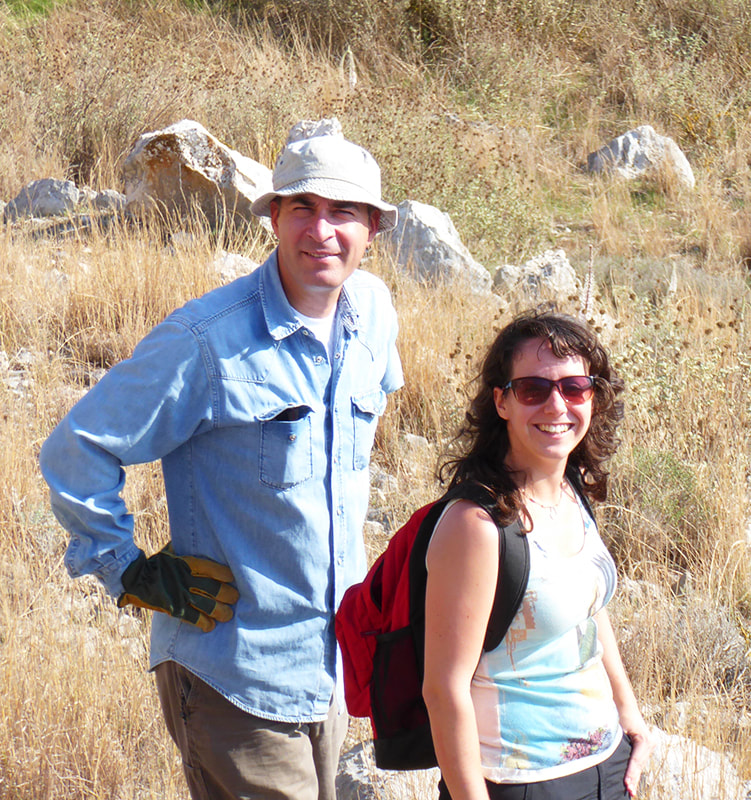| We found that in addition to 28 recognised Australo-Papuan Cyrtodactylus species, there were ten distinct lineages that we consider candidate species. Our ancestral-state analyses support the early origin and diversification of Australo-Papuan Cyrtodactylus on the proto-Papuan islands, and indicate that once insular lineages arrived to New Guinea following the accretion of their associate island onto the mainland’s northern margin. We found a high degree of phylogenetic clustering within the regions and found compelling evidence that the East-Papuan Composite Terrane (or south-eastern Papuan Peninsula) has played a long-term important role in the accumulation of New Guinean Cyrtodactylus. Finally, we identified that the Late-Miocene uplift of New Guineas Central Cordillera was responsible for isolating north-south lineages and mediated the accumulation of diversity in a manner consistent with that observed in other tropical mountain regions. |
|
Uncovering the evolutionary trajectories of species assemblages can provide fascinating insights into the past environmental and geological processes, as well as the biological traits, that have led to present day diversity patterns. Furthermore, time-calibrated phylogenies can shed light on the historical sequence and timing of speciation events which, in turn, can be used to complement geological models aimed at reconstructing the formation of the earth. In our paper published in Molecular Phylogenetics and Evolution, we focus on the Melanesian radiation of bent-toed geckos (Cyrtodactylus), a clade occurring throughout New Guinea and adjacent islands, and Australia’s tropical northeast. We examine the sequence and timing of diversification in Australo-Papuan Cyrtodactylus and investigated three biogeographic scenarios. Firstly, did Cyrtodactylus diversification originate on the Australian Craton or former proto-Papuan islands to the north. Secondly, does Australo-Papuan Cyrtodactylus diversity correlate with distinct geological regions and to what degree do they exhibit infra-regional clustering. Lastly, to what extent did New Guinea mountain uplift impact Cyrtodactylus diversification and if so when did this occur. Author: Oliver Tallowin
2 Comments
In a recent publication in Biological Journal of the Linnean Society, we present a comparative analysis exploring patterns and drivers of longevity of 1320 reptile species, spanning all orders. In recent years, there have been many studies focusing on the effect of different ecological variables and life-history traits on the variation in longevity of specific taxonomic groups, focusing mostly on birds and mammals (with the only large- scale ectothermic study done on squamates by Scharf et al. 2015). In order to expand our knowledge on the effect of environmental and life-history variables on the variation in longevity of animals, we tested the effect of ecological variables (through various hypotheses) related to extrinsic mortality (e.g. predation) on the variation in longevity among and within lizards, snakes, turtles and crocodiles. We found that species living on islands, and in colder and more seasonal environments, live longer. Moreover, sampling more individuals increases the chances of finding older specimens, and should be corrected for when studying maximum longevity. We hope these analyses will enable us to better understand the drivers of longevity in reptiles (and other taxa). We hope this paper will facilitate more large-scale comparative studies on the causes of the variation in longevity of tetrapods in general. Author: Gavin Stark
In a recent publication in the Journal of Biogeography we show that Insular lizards with variable clutch sizes follow the predictions of the island syndrome, while lizards with fixed clutches do not.
Author: Rachel Schwarz
|
AuthorMainly maintained by Shai Meiri and Uri Roll Archives
October 2022
Categories
All
|








 RSS Feed
RSS Feed
